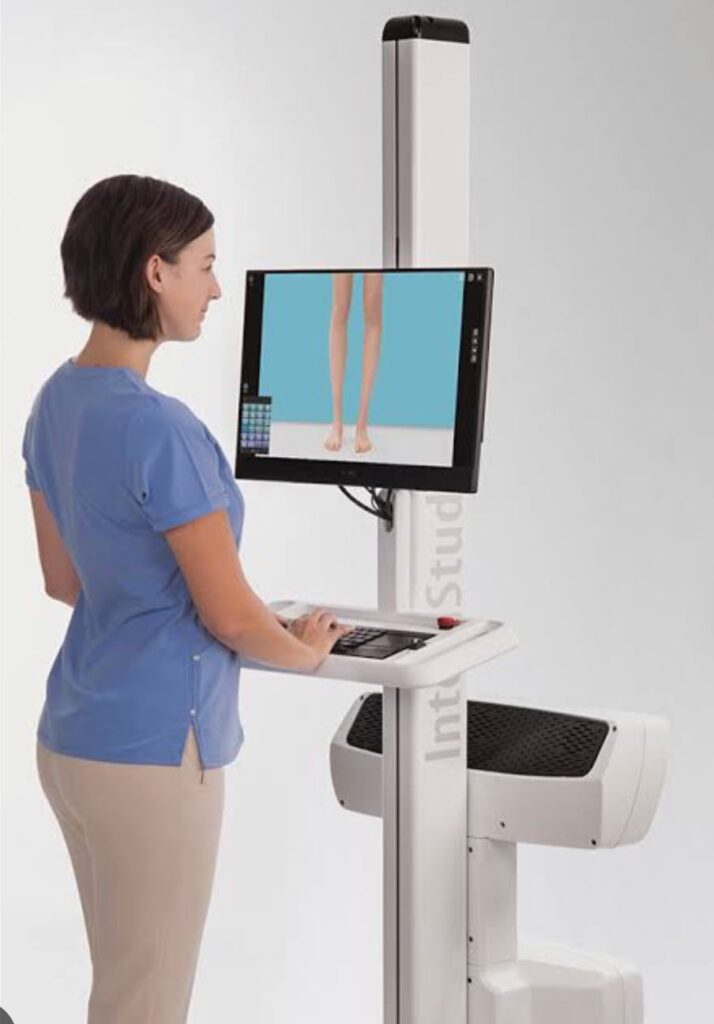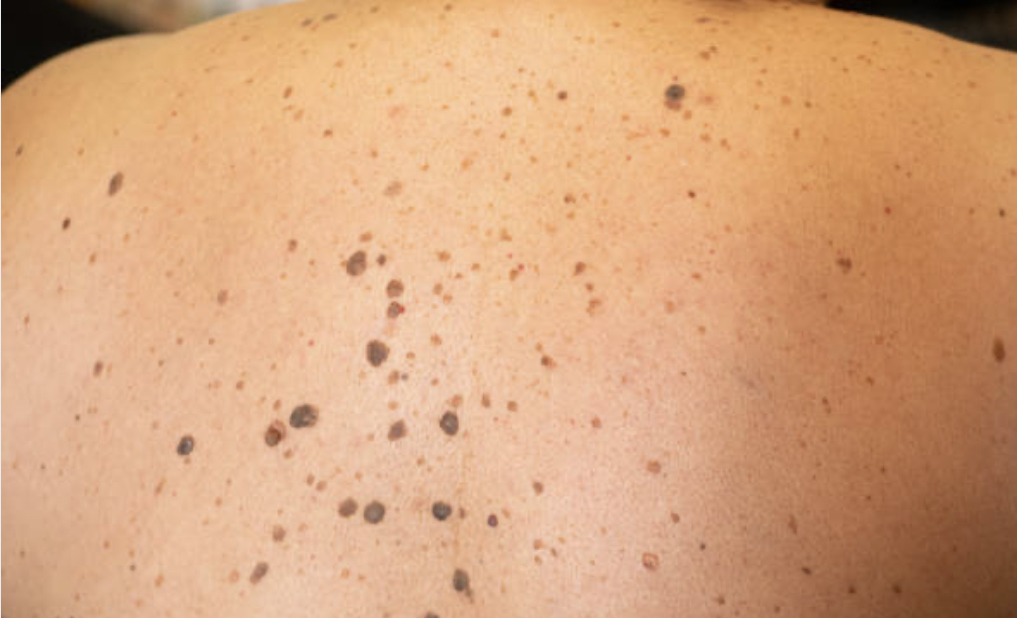Total full body photography is a technique of making a record of the entire body surface and the positions of individual moles or lesions. A body mole map allows for the ability to compare current and past photographs of moles on the body with photographs taken in the future.
Mole mapping is recommended for individuals with a history of skin cancer or those at high risk due to factors such as fair skin, a family history of skin cancer, or a large number of moles.
Mole mapping utilises latest and most sophisticated Artificial Intelligence- enabled digital mole mapping software. The mole map procedure itself is non-invasive. A person will be asked to undress to their underwear (underwear and bra for women). Sequential photographs of every section of the body then begins under the control of the operator. In addition to storing photographs, our software provides inbuilt tools that compares any minor changes detected in the future mapping.
Mole mapping can take approximately 30 minutes to complete.
No, mole mapping is a non-invasive and painless procedure. The clinician will simply take photographs of your moles using specialized imaging technology.
The frequency of mole mapping appointments will depend on your individual risk factors and the results of your initial mapping. Your clinician will advise you on how often you should return for follow-up appointments.
Yes, you will likely be asked to remove your clothing down to your underwear in order to allow for a thorough examination of your skin.
Australia has one of the highest rates of skin cancer in the world, making early detection of melanoma essential. Melanoma or another form of skin cancer may develop very slowly without presenting any symptoms or obvious signs of drastic change at the early stage. Mole mapping can greatly improve the chances of detection at the earliest possible opportunity.
If a suspicious mole is detected during the mapping process, you may be offered for further testing and treatment at the GSC. This could include a biopsy or surgical removal of the mole. Gippsland Specialist Clinic will provide a complete solution from mole mapping to biopsy and curative surgery.
While mole mapping cannot prevent skin cancer, it can help to detect potential skin cancer early, when it is most treatable. Regular mole mapping appointments can help to monitor any changes in your skin and catch skin cancer at an early stage.
At GSC mole mapping may be performed along with the full body skin cancer check. We offer special promotional prices on a regular basis. Whole body complete mole mapping along with dermatologist report will cost $299.00.













